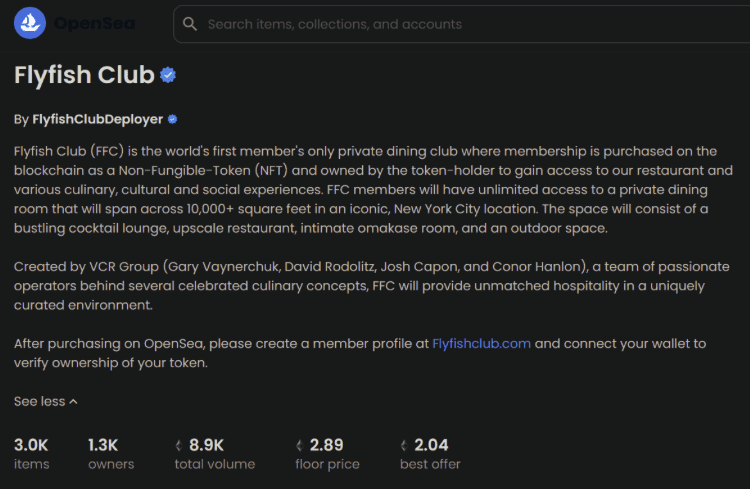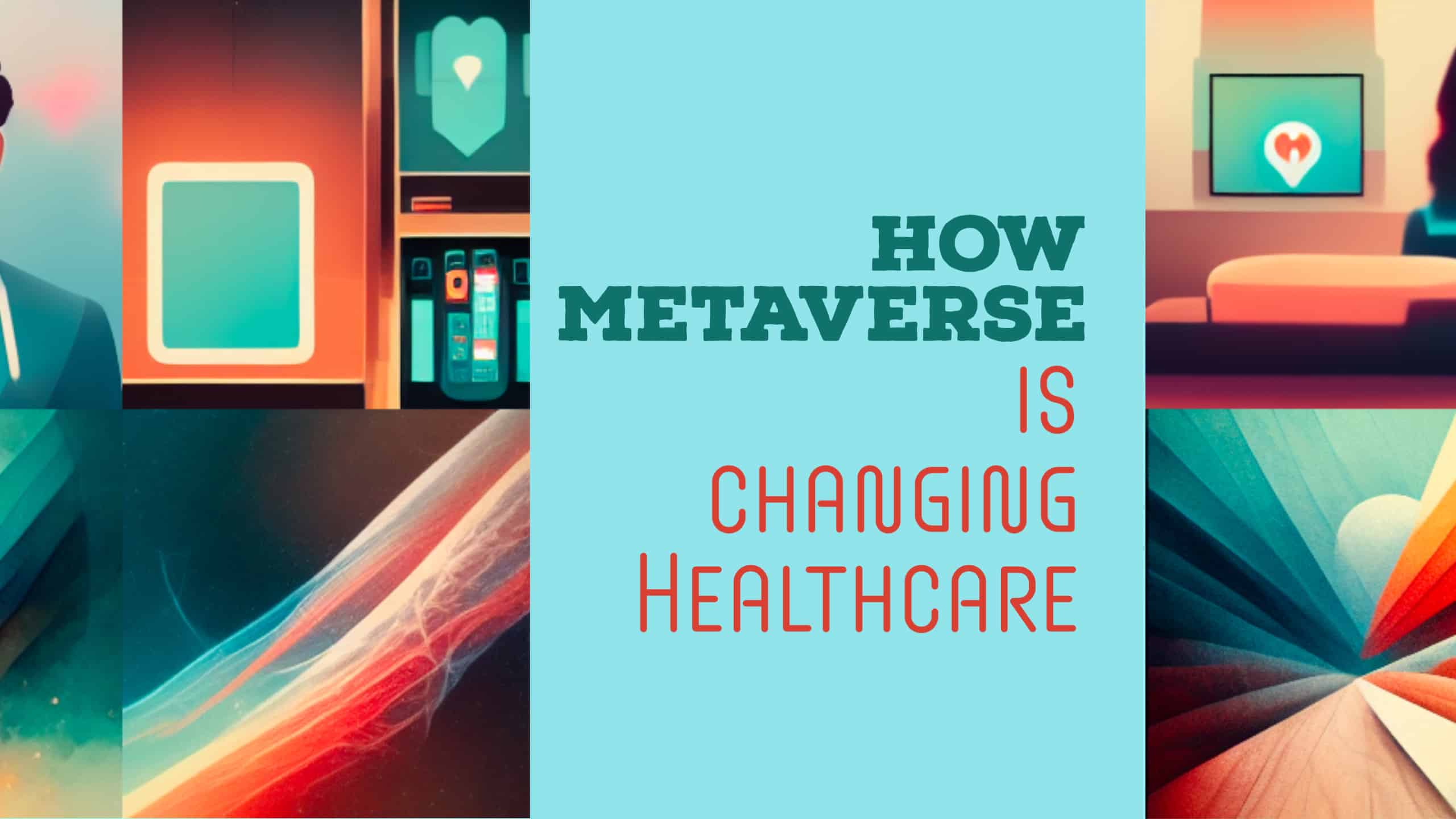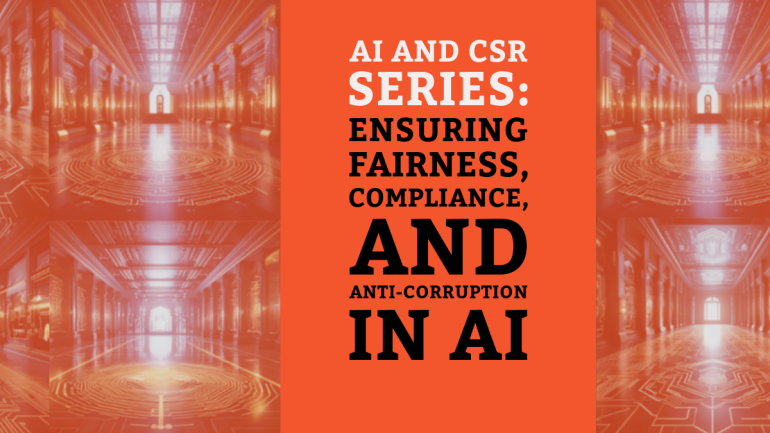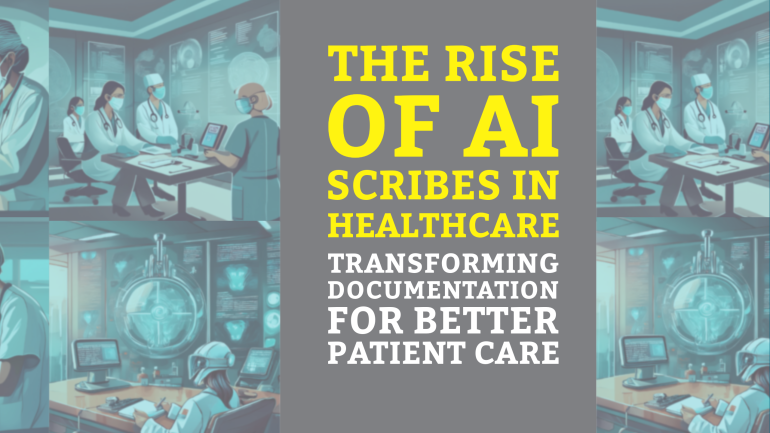This website uses cookies so that we can provide you with the best user experience possible. Cookie information is stored in your browser and performs functions such as recognising you when you return to our website and helping our team to understand which sections of the website you find most interesting and useful.
Table of Contents
You may also interested:
The increasing popularity of web3 among the mainstream population has seen more and more adoptions of web3 affordances by large companies. Jumping into the fray are pharmaceutical and medical organisations who are making use of the virtual interactions in the metaverse and non-fungible tokens (NFTs) as a step forward in their business adoption of emerging technologies.
Medicine in Metaverse
There are two main benefits of pharmaceutical and medical organisations establishing a presence in the metaverse. After all, not all new technology has to be adopted, right? It would be unwise, for example, for a pharmaceutical company to adopt artificial intelligence that produces music (in the way that Google’s Magenta project does). The metaverse, however, provides a couple of tangible benefits for pharmaceutical and medical companies. Firstly, the metaverse promises to provide virtual interaction. Do note though that there are many metaverses out there, not just one. Meta’s Horizon Worlds, for example, promises a 3D open world social media through the use of virtual headsets. Jomija (jomija.com) on the other hand, focuses on close-knit social interactions among members of communities. Earlier on, there was Second Life, which was a platform which offered virtual interactions but pitched as a multiplayer game.
The difference between Second Life and the post-2020 metaverse concepts is that the latter ones use blockchain technology on top of the familiar hypertext transfer protocol (HTTP) backbone of the internet. With virtual interactions, pharmaceutical and medical companies can engage in product showcases and telemedicine consultations. Granted, this can already be done currently outside of the metaverse. Product showcases can be done via livestreams or video on demand (VOD), especially when broadcasted on social media. Telemedicine is already being practised via messaging apps, virtual meeting platforms or any other means that a patient can consult a medical professional on a medical matter. However, participating in the metaverse means that all the activities that might require virtual interaction can be hosted in the same place at the same time, allowing more convenience for potential patients or customers to touch base with all the offerings of the organisation.
Example of Metaverse Medicine
CVS, for example, has set up a Metaverse store allowing customers to purchase prescription drugs, wellness, beauty, and personal care products. Furthermore, the Metaverse store will give patients access to the same health services that it provides in its in-store clinics, such as telemedical consultation, as well as, nutrition and wellness advice in non-emergency situations.
iMining Technologies also plans to open a pharmacy on the Decentraland Metaverse. It will be offering patients a method to set up automatic refill reminders and schedule virtual telemedical consultations, all through blockchain technology.
The second benefit of being present in the metaverse is that the pharmaceutical or medical company can leverage on the tokens used in the blockchain. We will assume that the metaverse is using the Ethereum blockchain (different blockchains use different systems which is why Ethereum miners cannot willy nilly turn into Bitcoin miners after “the merge” (the change of Ethereum’s verification system from Proof of Work to Proof of Stake)) for this next literate illustration. Pharmaceutical and medical companies are able to use ERC-20 tokens for payment. ERC-20 tokens are basically “coins” in cryptocurrency. These are the first choice for payments in the metaverse because the smart contract for payment transactions act as a proof of purchase.
For purposes such as keeping medical records, they are able to use ERC-721 tokens. ERC-721 tokens are what is popularly known as NFTs (non-fungible tokens). These tokens are not usable as coins because their values differ from item to item. More importantly, using NFTs to capture a customer or patient’s data is able to ensure immutability and traceability. Immutability means that no one can delete or change parts of a patient’s record. The record, when it exists as a token, will be maintained with its current information intact until express permission has been given by the owner of the record of “burn’ the token (that means, to delete it from the blockchain).
Metaverse and Virtual Drugstore
Now, it is also possible to make purchases at a virtual drugstore (also known as dispensary, pharmacy or apothecary in some countries) while one is in the metaverse. These purchases will be recorded in the form of NFTs and a physical item will be sent to the real home address of the purchases in the real world. For this purpose, ERC-1155 tokens can be used. ERC-1155 tokens allows the pharmaceutical or medical company to not incur gas fees upon minting the NFT in the metaverse marketplace. This is called a “lazy minting” where the NFT, upon minting, does not actually sit on the blockchain as yet. Only when there is an offer for purchase would the item then actually come onto the blockchain. At that point, the item would be sold to the buyer, and gas fees paid.
Risk of Metaverse Medicine
One potential risk, though, that pharmaceutical and medical companies face on the blockchain is the “renting” of NFTs. Renting NFTs will use the ERC-4907 standard and those who wish to rent out their NFTs can rent it out to any digital wallet for a specific period of time, afterwhich the NFT will be returned to rightful owner. Now, the renting of NFTs has thus far been used to good effect. People who would like to reap the benefits of the temporary ownership of certain NFTs can do so without having to spend too much money on purchasing the actual NFT. For example, if someone were to be interested in dining at Gary Vaynerchuck’s exclusive Flyfish Club, that person must own one of the Flyfish Club NFTs. However, owning one may be too expensive for some. With the floor price (the cheapest item) being at 2.89 ETH (USD 8670), one might perhaps prefer to rent an NFT from a current owner instead of buying one for oneself outright.

In the medical field, though, the renting of NFTs poses a risk because it can be abused for identity falsification. A person with a clean medical history, for example, could quite easily rent out his medical records to a person who wishes to hide certain issues in his medical history. It could also be used to obtain prescription drugs under another person’s name. In this case, a person who has been prescribed certain drugs in the past, but does not need it anymore, could rent out his prescription NFT to another person who has not been prescribed that drug but wishes to nonetheless obtain it. The pharmaceutical and medical industries must find a way to prevent such abuse from happening.
Overcoming Fear of Metaverse Medicine
One of the ways to do this could be possibly done is through “staking” the NFT of customers and patients and only retrieving them when a purchase or consultation is due to happen. Staking is an action that is usually done with cryptocurrencies (ERC-20) tokens, where it is kept in a digital vault for a period of time. This is to keep it out of circulation, and when tokens are out of circulation, demand will exceed supply, pushing the price up. HODLers often stake their coins so that they can enjoy the price increase from a reduction in supply and an increase in demand.
In the use case of medical and pharmaceutical companies, though, this action of staking could be taken to prevent misuse of medical and prescription records. There is no monetary value to be derived from this staking, but it would certainly help in keeping records safe from abuse.





